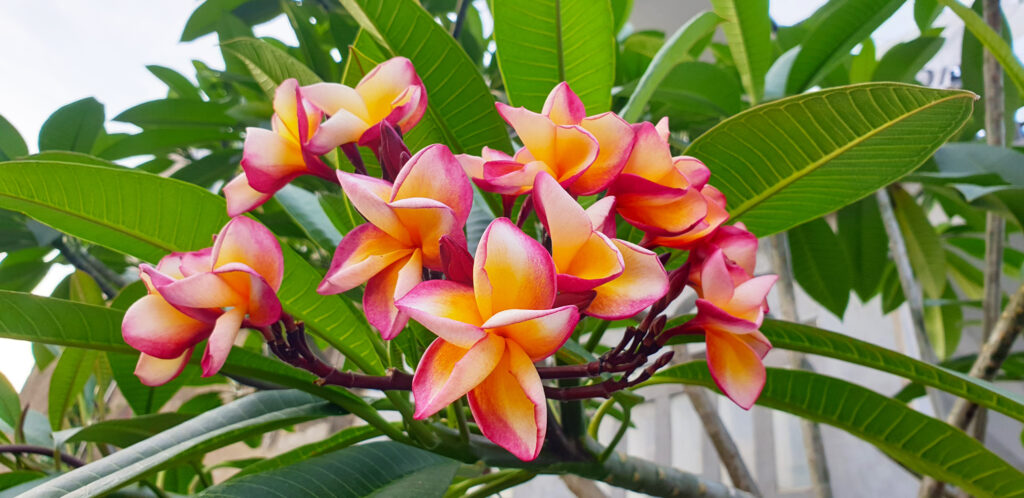How Tropical Blooms Transform Your Indoor Space
Tropical blooms introduce vibrant splashes of color into an otherwise all-green indoor jungle. Bold reds, neon pinks, and brilliant oranges can punctuate large leaves, bringing a true sense of exotic charm. Whether you’re a seasoned plant enthusiast or just starting out, incorporating tropical blooms elevates your home decor with eye-catching intrigue.
Essential Tropical Blooms to Consider
Anthuriums are among the most popular choices for vivid tropical blooms, boasting glossy spathes in rich shades of red, white, or pink. Bromeliads also offer dramatic inflorescences that can stay vibrant for weeks. Bird of Paradise features beak-like petals in dazzling orange and blue, commanding attention as soon as its flowers open. Even some orchids, like Phalaenopsis, thrive indoors and reward you with graceful, long-lasting blooms in bright or pastel hues.
Ideal Conditions for Producing Abundant Tropical Blooms
Many tropical flowering plants require bright, indirect light to flower abundantly. While a few hours of direct morning or late-afternoon sunlight can be beneficial, harsh midday rays might scorch delicate petals. Ensuring a warm environment with moderate to high humidity also supports maximum bloom production. Misting leaves (but not buds) or using pebble trays can elevate moisture levels, giving tropical blooms the humidity boost they crave.

Soil and Fertilization to Power Tropical Blooms
A well-draining potting mix enriched with organic materials sets the stage for stunning blooms. Combining standard potting soil with orchid bark or perlite ensures roots can breathe. Regular feeding with a balanced fertilizer is crucial; too little nourishment means fewer blooms, while overfeeding can scorch roots. Dilute fertilizers to half the recommended strength during active growth seasons, ramping up or scaling back based on your plant’s reaction.
Managing Watering for Delicate Tropical Blooms
Though these plants originate in humid, rainy regions, overwatering remains a common pitfall. Soggy soil deprives roots of oxygen, leading to wilting or fungal diseases that can ruin tropical blooms. Water thoroughly, then allow the upper soil layer to dry before watering again. Maintaining this rhythm encourages healthy bud development and prevents flower buds from dropping prematurely.
Boosting Color Vibrancy and Flower Longevity
Bright, bold tropical blooms stand out most when leaves are dust-free. Gently wiping foliage with a damp cloth promotes better photosynthesis, indirectly helping with bud formation. Providing adequate humidity also keeps petals from drying out, while stable temperatures ensure new blossoms open fully. Promptly removing spent flowers, known as deadheading, channels the plant’s energy into generating fresh buds rather than seed production.
Common Problems with Tropical Blooms and Their Fixes
Bud drop can occur if temperature shifts are abrupt or if humidity is too low. Yellowing leaves may signal improper watering, while brown leaf tips might indicate insufficient moisture in the air. Inspect for pests like spider mites, which can puncture buds and leaves. Early intervention using insecticidal soap or neem oil often resolves minor infestations, preserving both foliage and floral displays.
Combining Tropical Blooms with Lush Greenery
Placing your flowering plants among broad-leafed philodendrons or towering palms maximizes contrast, drawing attention to the pops of color. Adjust your display over time to accommodate growth, ensuring each plant gets adequate light. The layered approach—mixing high foliage with mid-level blooms and trailing ground cover—evokes a true jungle vibe, balanced by eye-catching highlights from tropical blooms.
Inviting tropical blooms into your home can transform a simple arrangement into a stunning tapestry of colors and textures. With mindful attention to temperature, humidity, and careful watering, you can reap the rewards of these exotic flowers for weeks or even months. A well-curated mix of Anthuriums, Bromeliads, Bird of Paradise, or orchids ensures your indoor jungle remains lively, dynamic, and brimming with tropical charm.




